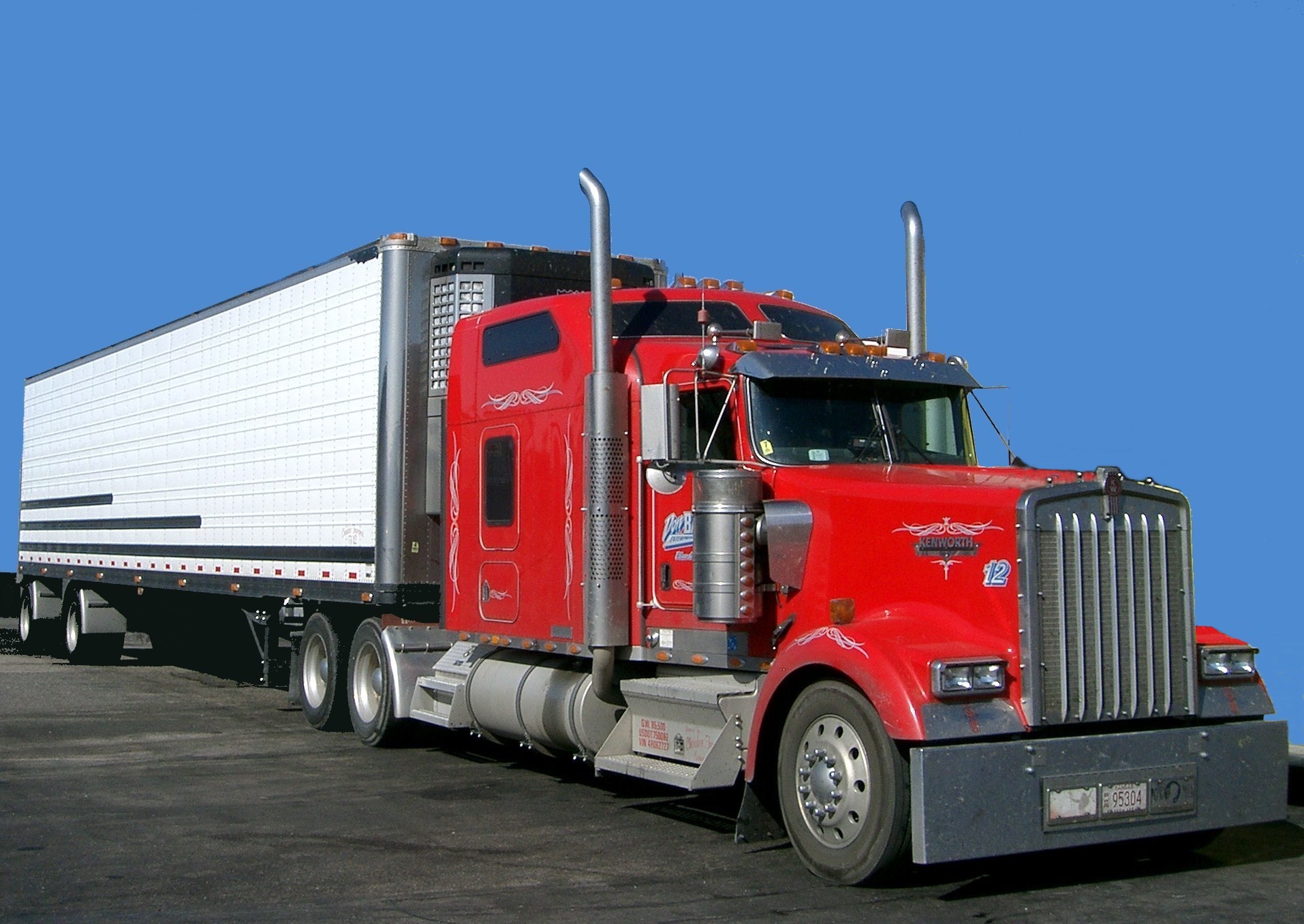When it comes to pickup trucks, few models command the respect and adoration that the 1998 Chevy 4.3 Pickup does. Eluding the confines of simple utility, this vehicle has captured the hearts of truck enthusiasts, serving as a canvas for personal expression and mechanical innovation. Among the myriad ways to customize this beloved truck, engine swapping stands out as particularly exhilarating. This guide will systematically navigate the intricacies of an engine swap, illuminating the transformative journey from a mere workhorse to a dynamic marvel.
Before embarking on an engine swap, it is imperative to comprehend the rationale behind such a drastic modification. Perhaps you seek enhanced performance, which might include improved horsepower and torque. Perhaps, a yearning for modern efficiency is driving your desire for an engine swap. Whatever the reason, engaging in this mechanical pursuit grants truck aficionados not only a personal connection to their vehicle but also a tangible opportunity to explore the boundaries of automotive engineering.
As we venture further, one may ponder the significance of selecting the right engine. The original 4.3-liter V6 engine was competent, but for those with speed demons lurking beneath their skin, modern alternatives can offer remarkable power upgrades. Compatibility issues surface when considering engine options. Popular choices include the small-block 5.3L or even the brawny 6.0L V8 engines. Both options provide a piquant blend of muscle and sophistication, injecting life into your everyday driving experience.
Prior to delving into the logistics of an engine swap, adequate preparation is critical. Crowded garages or bustling driveways can lead to chaos during this delicate procedure. Create a calm workspace equipped with essential tools. Your toolbox should include metric and standard wrenches, ratchets, sockets, and various performance parts for the new engine. A clean environment not only fosters efficiency but also safeguards against the potential loss of vital components.
Next, you’ll want to arm yourself with knowledge regarding the compatibility of wiring harnesses and electronic controls. In contemporary vehicles, the integration of complex computer systems complicates engine swaps. Your 1998 Chevy may not easily accommodate a newer engine without significant modification to the wiring harness. Investments in aftermarket wiring harnesses designed specifically for the engine you’re integrating can mitigate this headache and streamline the process.
Now, let’s discuss the mechanics of the actual engine removal. Begin with the essentials: disconnect the battery, drain fluids, and remove various components blocking access to the engine bay. This can include the intake manifold, exhaust manifolds, and accessories like the alternator and power steering pump. It is crucial to document which parts belong where, as the assembly will require reinstallation later. Consider taking photographs for quick referrals during reassembly, allowing your excitement to manifest without confusion.
Once everything is disconnected, secure your cherry picker or engine hoist. It’s vital to ensure that all rigging is robust and adequately secured to prevent accidents. When you’re ready to lift the engine, maintain clear communication among your team to ensure everyone is synchronized and to avoid potential mishaps. After the old engine is safely removed, it’s time to prepare for the new powerhouse.
Checking the new engine for compatibility with your truck’s transmission system is crucial. Will you need to modify your transmission or use an adapter plate? Each option has its nuances, often contingent upon the type and year of the transmission. A vehicle’s transmission is akin to its circulatory system; it necessitates proper coordination for optimal performance. Thus, it might be beneficial to consult with transmission specialists to make educated decisions during this phase.
As the new engine awaits installation, this is a perfect opportunity to replace worn-out components such as hoses, belts, and filters. Investing a little additional time and resources here can prevent future headaches associated with failures of these ancillary parts. Furthermore, think about any performance-enhancing modifications that you may want to incorporate, such as performance carburetors or upgraded exhaust systems. They can further augment the capabilities of your newly swapped engine.
After meticulously positioning the new engine into the bay, the fun is just beginning. Start reassembling the engine accessories and electrical components, paying heed to your photos and notes. Ensure a tight seal on all hoses and connections to prevent leaks. New gaskets may also be warranted to achieve a reliable and enduring integrity throughout the installation.
With everything back in its rightful place, it’s important to meticulously fill all fluids—engine oil, coolant, and transmission fluid. Then, it’s time to reconnect the battery and crank that ignition. The adrenaline rush of hearing your vehicle roar to life following an engine swap is palpable. However, this is just the beginning. A thorough inspection is warranted. Listen for irregular sounds and observe any leaks. Ensuring that everything is operating smoothly and effectively is a vital post-installation step.
Ultimately, an engine swap is more than a mere upgrade; it represents a synthesis of passion, precision, and personal expression. As you navigate this transformative endeavor with your 1998 Chevy 4.3 Pickup, you’re forging a deeper connection with your truck. There’s something mesmerizing about watching metal and machinery morph into a unique expression of individuality, one that speaks volumes about who you are as an enthusiast. So buckle up; the road ahead is filled with excitement and adventure, all starting with that one bold decision to swap engines.
